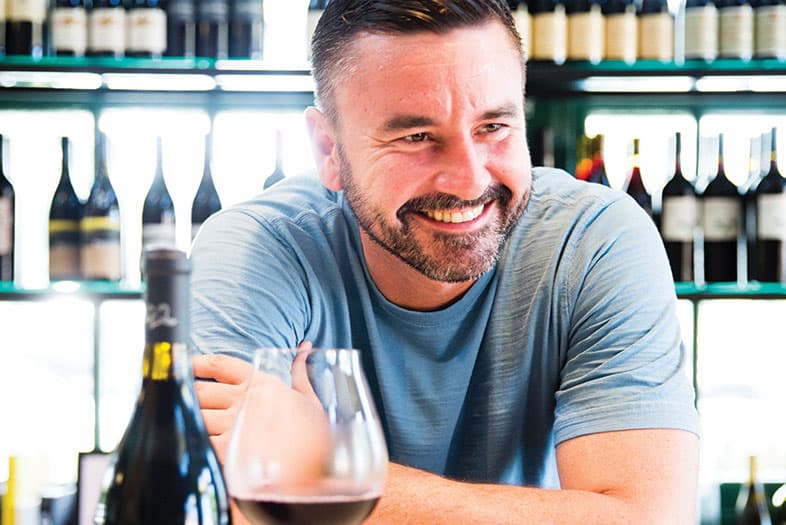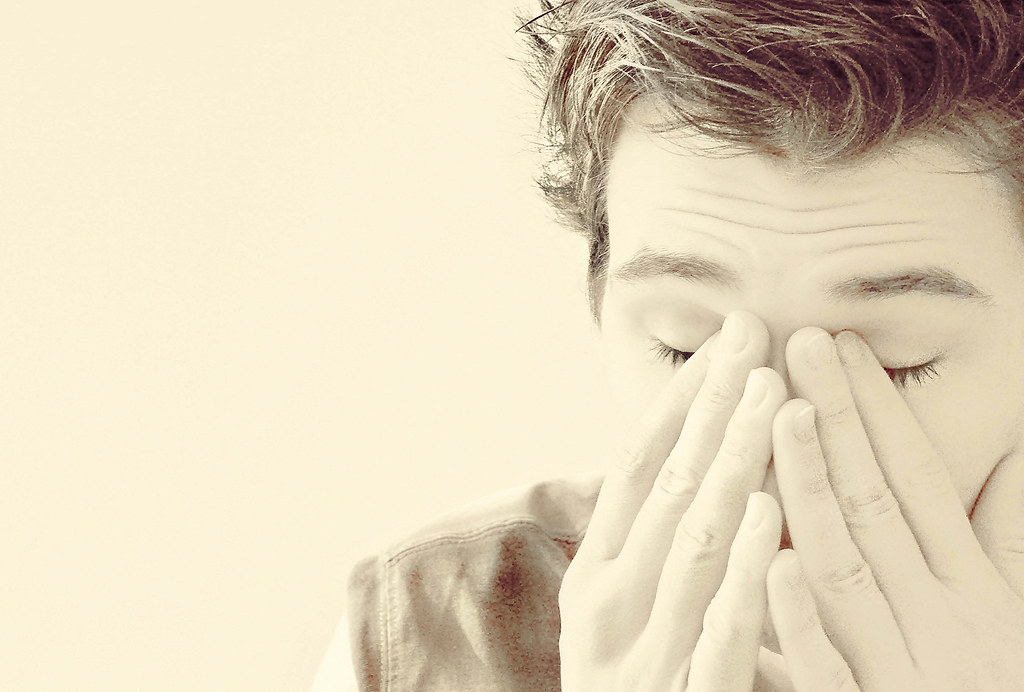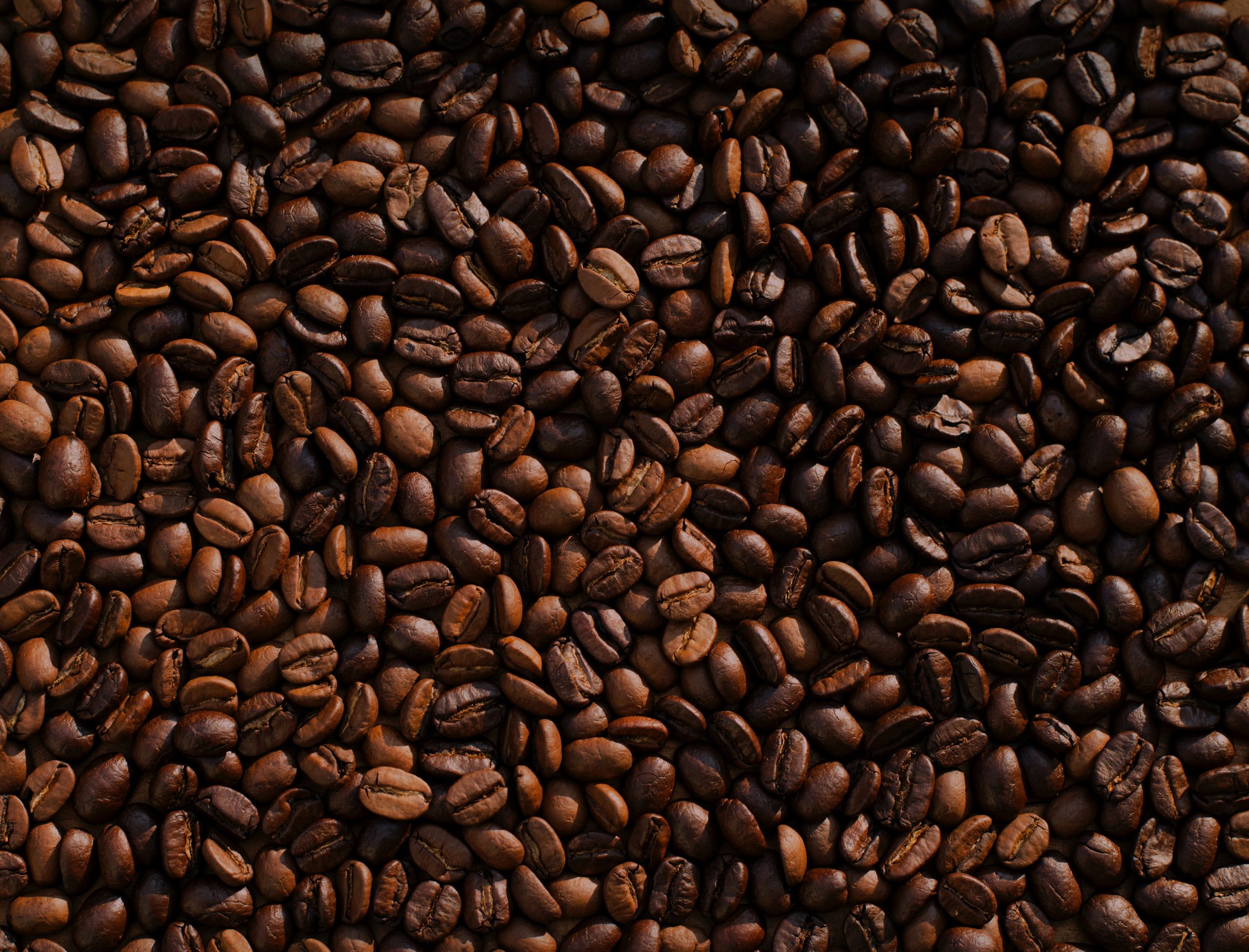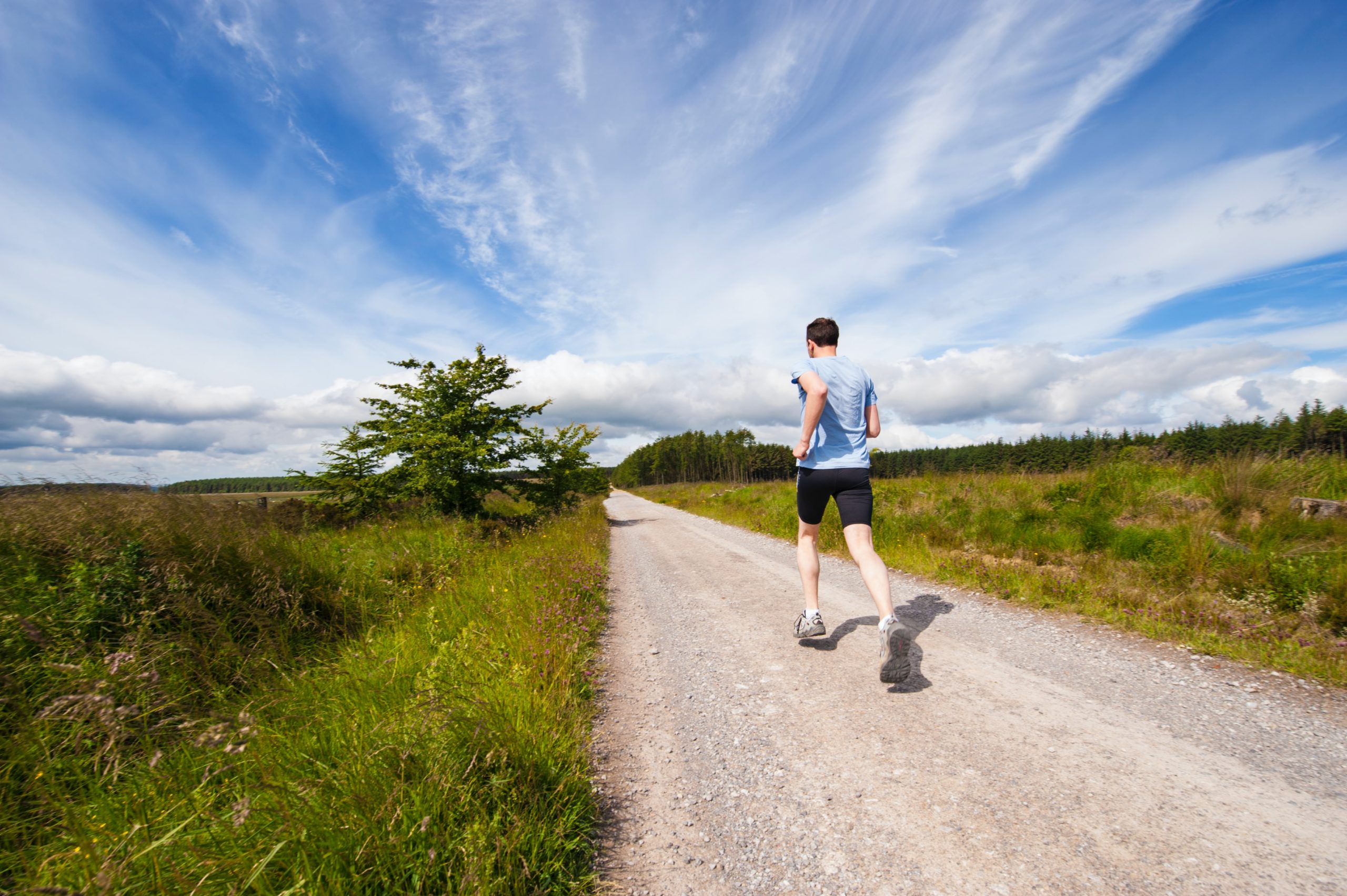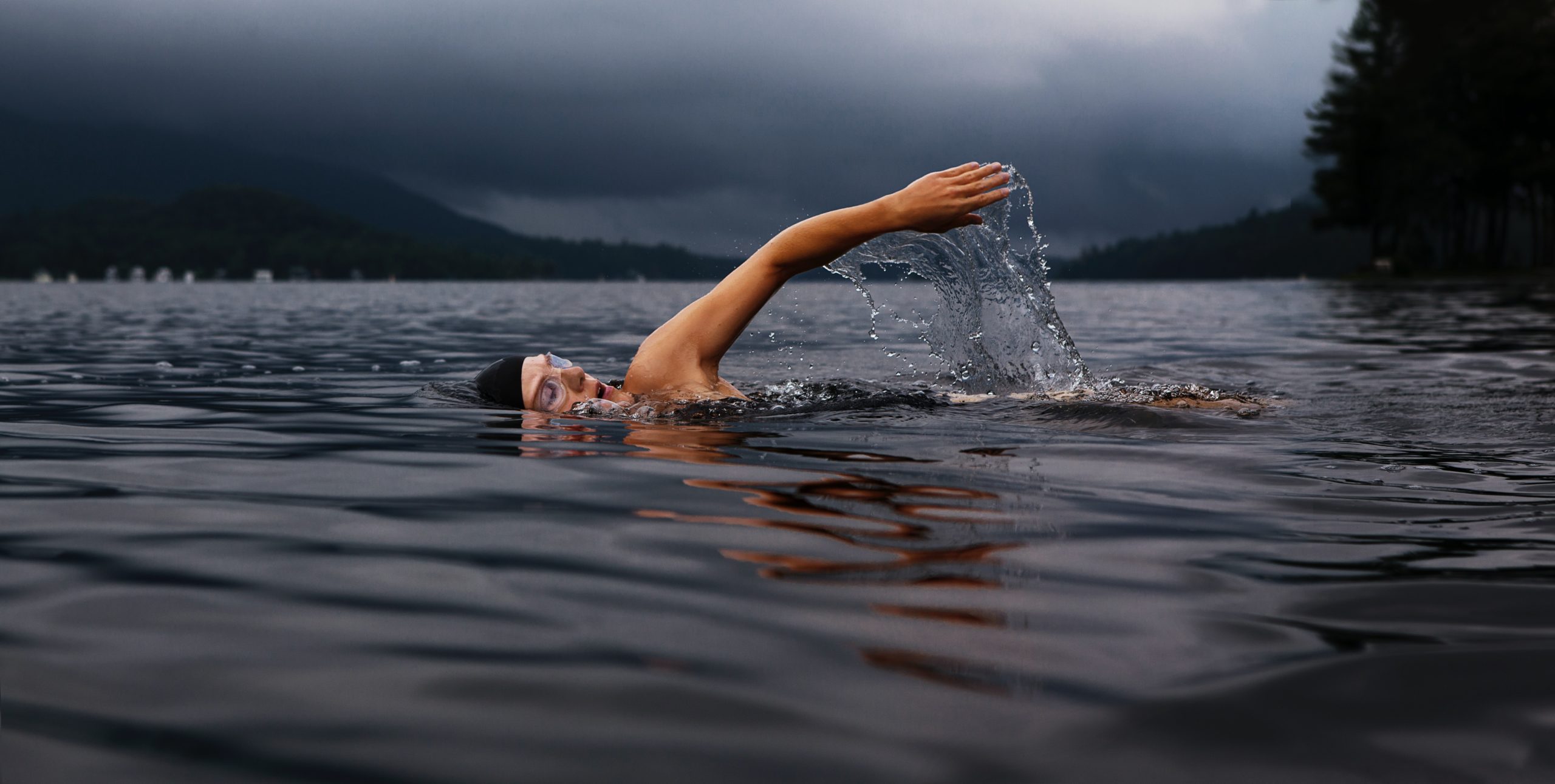Leading politicians and show business stars, as well as ordinary citizens are not only fond of various equestrian sports, but also have their own horses.
Today, the “horse family” is experiencing a real star boom. Leading politicians and show business stars, as well as ordinary citizens are not only fond of various kinds of equestrian sport, but also have their own horses. And it’s not just a fashion or a whim!
A horse is a unique “living simulator” which tones up all the muscles of the rider. Many scientific papers have been written about the positive psychotherapeutic effect that this animal has on the human psycho-emotional state. 5NARE tells about horse therapy, about classical and non-traditional equestrian sports and why we still find centaurs so sympathetic and pleasant. So, gallop to perfection!
Equine therapy
Even Hippocrates observed that warriors injured in battle recovered faster if they continued to ride. Today, the healing contact between man and horse has a broad scientific basis. Hippotherapy is an individualized form of rehabilitation that uses gymnastic exercises on the horse. In essence, it is nothing more than a form of therapeutic exercise (LFC), where the horse, the process of riding and the physical exercises performed by the individual during it are the tools of rehabilitation. This unique therapy not only improves the function of autonomic systems, but also corrects physical deficiencies. This method is now widely used all over the world, representing a facet of psychotherapy and therapeutic exercise. In other words, hippotherapy has a complex effect on the physical and psycho-emotional condition of the patient. What could be better?
Typical doubts
Of course, hippotherapy may seem like an exotic proposal, to say the least (especially to those who believe that certain diseases have forever closed their way to active life), so we should immediately warn of your possible objections.
1. You do not need riding skills to undergo hippotherapy.
2. hippotherapy is “all ages obey”.
3. hippotherapy has no limitations and can be recommended for rehabilitation of different forms and severity of illnesses (even for group III disabilities).
What does it look like?
Ideally, you should bring a medical certificate to the hippotherapy center. There you will be met by a specialist, who will test you again and offer you an INDIVIDUAL course of therapy.
But, unlike horseback riding, you will not be driving the horse yourself – it will be supervised by a horse breeder. There is also bound to be a hippotherapist by your side. The horse is driven mostly by walking. So you do not have to worry about how you will be able to cope with such a huge animal. All the horses participating in therapy are carefully selected by specialists; only the kindest and calmest of these beautiful creatures are allowed to perform “recreational activities” and they undergo special training.
Hippotherapist at ICCI, assures that during more than 15 years of practice, there have been no accidents caused by aggression of animals. In addition, any hippotherapist always introduces the patient to the horse, lets him stroke it, feed it, talks about the peculiarities of its development, and soon there is a strong positive emotional connection between the “patient” and the “doctor”. Classes take place without saddling and stirrups, in order to increase contact with the horse and make your muscles work more actively (saddles and stirrups can appear already in therapeutic riding). Sitting on the horse, you will perform various exercises in unusual positions: lying on your back or across the horse, sitting on it backwards, kneeling, touching various objects with your hands, overcoming barriers.
A typical example: you had a broken leg – how do you regain mobility? While walking on crutches, the back and shoulders are subjected to an uneven load, while the muscles of the broken leg dry out, and the healthy leg, on the contrary, is overworked. This often results in pain. In this case, the hypnotherapists will choose a program that will help you to relax your pelvic and shoulder girdle. And thanks to the sense of symmetry gained, the muscles of the sore leg will become stronger and toned, and the ligaments will become elastic.
What is the uniqueness of the method and how does it differ from any other kind of physical therapy?
1. the peculiarities of the horse’s movement. The horse transmits 90-110 differently directed motor impulses to the patient per minute. That is, when you ride, you feel three-dimensional oscillations: up and down, right and left, left and right. Sitting on the horse, moving together with it, you instinctively try to keep the balance in order not to fall down, and thus you stimulate active work of both healthy and affected muscles, without noticing it yourself. You end up working ALL major muscle groups. The horse is the best trainer! . The horse’s body temperature is 1-1.5 degrees higher than that of a human. And because classes are held without saddles and stirrups, horse heat for contact with your body will act as a warming, stimulating and at the same time relaxing massage.
2. the wide range of applications and the absence of contraindications: for example, horseback riding never causes cardiac arrhythmia in a rider (it is used even for the rehabilitation of patients after a myocardial infarction).
3. Classes are held in the fresh air, which additionally increases blood circulation.
4. When a person comes to hippotherapy sessions, they do not see people in white coats, but a manege, a horse and an instructor. The process of rehabilitation is perceived by the rider as learning how to ride, not as an “unbearably nasty but useful” course of treatment.
5. Based on the specifics of the course, you cannot slack off. A special system of communication emerges, which has a powerful psychotherapeutic and intellectual impact. There is constant contact: patient, horse, hippotherapist (and sometimes his assistants). During the procedures, you will be forced to instinctively turn on your full attention.
6. Thanks to hippotherapy, many people with disabilities became involved in therapeutic horseback riding and then sport riding, and were able to participate in the Paralympic Equestrian Games. And it has helped children with disabilities to better integrate into society.
Connective sports
Regardless of which sport you choose, about six months (if you’re in the arena 1-3 times a week) will take you just to learn how to ride a horse.
Where to?
Choose a good club: read reviews about it on forums, do your own mini-research. Many clubs move out of town.
Clothing.
It is unlikely that you will be told to buy breeches and boots right away. On the first lessons you can come in wide pants (wide pants will be gathered in the folds and chafe) or jeans and low-heel shoes (in sneakers, for example, feet will fall in the stirrups, and it is not safe).
First time.
You will be given a horse at the base, but prepare for the fact that if your passion grows into a lifelong love, you will have to think about buying your four-legged friend. At first you will be put on the horse and told exactly how to sit, how to keep your balance, and shown a few exercises (depending on the direction) aimed at loosening the landing and developing the right balance.
The horse will be supervised by the trainer. Most likely, she will be led at first, so you just get used to the feeling.
Typical doubts.
You are not required to have any outstanding physical training. There are no special contraindications for horseback riding. On the contrary, horseback riding is very effective for certain spinal problems. Age does not matter – there are masters of international class, who successfully compete even at the age of 55.
Which sport should I choose?
Show jumping – overcoming obstacles, of course, implies a more extreme attitude to life. Dressage has something from training, so it requires a more patient, meditative character.
Personal experience of the photo editor Yekaterina Butsukina: “The most important thing – learn to feel a horse (the analogy with the “feeling of a car” is justified in many respects). It is useful to learn how to brush and saddle a horse yourself, because this way the contact is intensified.
The first task is to learn how to control the horse on the step: to “send out” – to give the command to go, to stop and to turn.
Correct landing: straight back, arms bent at the elbows, fists close to the horse’s withers, rest on the inner side of the thighs, knees not turned to the sides but pressed against the horse’s sides. Difficulty of control: in order to give a horse an impulse it is necessary to make many movements with your hands, legs and body. That’s what we do in training.
Classic (olympic) equestrian sports
Horse – the highest school of horseback riding. A sport in which the rider must demonstrate: the horse’s ability to move properly at all gaits, the correct posture, settling (moving backwards), movements with lateral bending, complex movements (pirouettes, change of leg at a gallop at 4-1 pace, passage, piaf-fe). When performing these exercises, the horse moves while maintaining one or another body position corresponding to the number of the program. The actions of the rider should be almost invisible. The overall appearance of the horse, its harmony and natural ability to elastic, beautiful movements are also assessed.
Konkur (overcoming obstacles) is the most mass and popular kind of equestrian sport. In this sport, the rider must pass the route, overcoming obstacles set on it, consisting of individual wooden parts. (The route usually consists of 8 obstacles.) If they are hit they are easily destroyed, thereby protecting participants from injuries and falls. The height of obstacles depends on the class of the competitions: in classical show jumping – up to 60 cm, in power jumping – from 80 cm and higher.
Competitions in show jumping are quite diverse by their character. They may follow a predetermined route with a certain sequence of jumps or a rider may choose the route himself. There are competitions in which only part of the obstacles are overcome (at the discretion of the rider), relay races involving two athletes and a variety of others.
